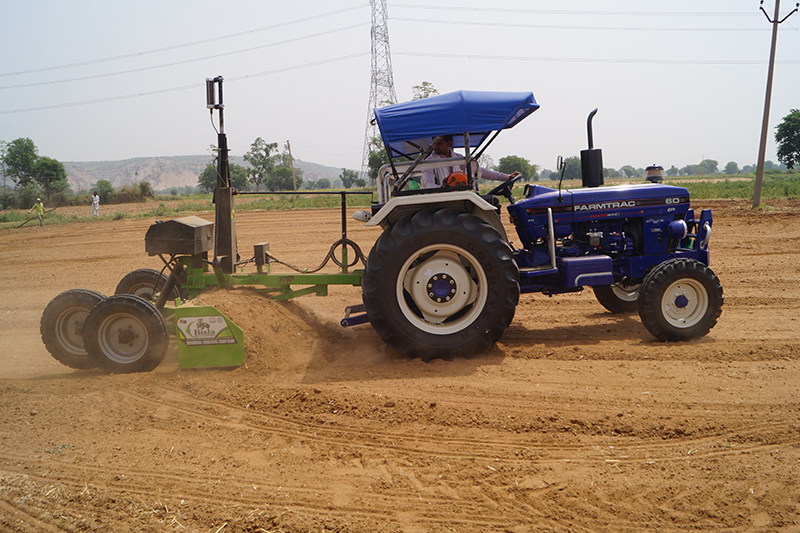Modernizing agricultural practices is crucial for sustaining food production, ensuring global food security, and promoting environmental sustainability. While numerous opportunities arise from embracing technological advancements, several challenges must be addressed to facilitate a smooth transition. This article delves into the key challenges and opportunities in modernizing agricultural practices.
Challenges:
- Technological Adoption Barriers: Modern technologies such as precision farming, drones, and IoT devices require substantial investments. Many farmers, especially in developing regions, face financial constraints hindering the widespread adoption of these technologies.
- Lack of Education and Training: Farmers may lack the necessary knowledge and skills to effectively utilize modern agricultural technologies. Bridging this knowledge gap is essential to maximize the benefits of innovations.
- Infrastructure Deficiencies: In some areas, inadequate infrastructure, including poor connectivity and limited access to electricity, poses a challenge to the implementation of technology-driven farming practices.

- Resistance to Change: Traditional farming methods are deeply ingrained in certain communities. Convincing farmers to transition to new practices requires addressing concerns, providing incentives, and showcasing the tangible benefits of modernization.
Opportunities:
- Precision Agriculture: Precision farming leverages technology to optimize inputs such as water, fertilizers, and pesticides. This not only increases efficiency but also reduces environmental impact, making agriculture more sustainable.
- Data-Driven Decision-Making: Modernizing agriculture involves collecting and analyzing vast amounts of data. Farmers can make informed decisions based on real-time information, leading to improved crop yields, resource management, and overall farm productivity.
- Robotics and Automation: The integration of robotics and automation can revolutionize tasks such as planting, harvesting, and weeding. This reduces the dependence on manual labor and increases efficiency.
- Market Access Through E-Commerce: Technology facilitates direct access to markets through e-commerce platforms, enabling farmers to sell their produce more efficiently. This disintermediation benefits both farmers and consumers.

+ There are no comments
Add yours